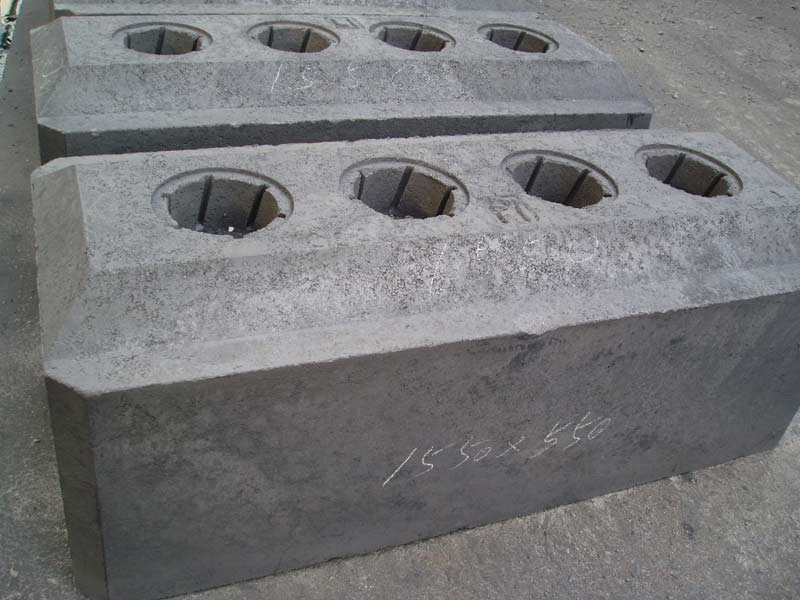Keywords: aluminum electrolysis, Hall-Héroult process, prebaked anode, electrolytic cell, cathode block, alumina, cryolite ratio, anode effect, green aluminum, energy consumption
Aluminum electrolysis is the core industrial process for producing primary aluminum by reducing alumina in a molten salt bath. To help you better understand this critical technology, here are 10 frequently asked questions (FAQs) about aluminum electrolysis, covering principles, materials, energy, process control, and sustainability.
1. What Is the Basic Principle of Aluminum Electrolysis?
The process is based on the Hall-Héroult method, in which alumina (Al₂O₃) is dissolved in molten cryolite (Na₃AlF₆) and electrolyzed at 950–970°C. The reaction:
2Al₂O₃ → 4Al (liquid) + 3O₂ (gas)
- Anode: releases oxygen
- Cathode: collects molten aluminum
2. What Materials Are Used for Anodes and Cathodes?
- Anodes: Prebaked carbon anodes made from calcined petroleum coke and coal tar pitch
- Cathodes: Typically semi-graphitic or graphitized carbon blocks with high conductivity and erosion resistance
3. What Is an Anode Effect and Why Should It Be Avoided?
An anode effect occurs when alumina concentration drops too low, causing the cell voltage to rise sharply and emit greenhouse gases (e.g., CF₄, C₂F₆). It leads to:
- Increased power consumption
- Reduced cell efficiency
- Higher carbon emissions
✅ Solution: precise alumina feeding, optimized cryolite ratio, intelligent cell control
4. What Are the Main Sources of Energy Consumption?
The energy use in aluminum electrolysis mainly comes from:
- Electrolysis cells (85%+)
- Anode baking and handling
- Transport systems and thermal losses
⚡ Average electricity usage: 13,000–14,500 kWh per ton of aluminum
5. What Is the Cryolite Ratio and Why Does It Matter?
Cryolite ratio = molar ratio of NaF/AlF₃, typically 2.2–2.7
- High ratio → higher melting point, increased resistance
- Low ratio → lower cell temperature, but unstable operation
A well-balanced ratio improves energy efficiency and cell stability.
6. How to Judge Whether a Cell Is Running Normally?
Signs of a well-performing electrolytic cell include:
- Stable voltage (3.8–4.5V)
- Low anode effect frequency (≤0.2 times/cell/day)
- Proper alumina addition cycle
- Consistent bath temperature and aluminum depth
📊 Tip: Use digital monitoring systems to track real-time data
7. What Are the Common Electrolysis Current Levels?
Typical industrial current levels:
- 200kA: small-scale cells
- 300–400kA: medium-scale, most common today
- 500–600kA+: large-scale and ultra-large cells for advanced smelting
Larger currents offer better energy efficiency but require high-performance materials and precise control.
8. What Is the Typical Lifespan of an Electrolytic Cell?
A well-maintained electrolytic cell typically lasts 5 to 8 years or 1800–2500 days.
Influencing factors:
- Cathode block quality
- Thermal field balance
- Timely repair of abnormalities
- Proper startup and shutdown procedures
9. How Can Aluminum Electrolysis Be Made Greener?
- Use renewable energy sources (hydropower, solar)
- Apply low-carbon anodes to cut emissions
- Deploy smart control systems to reduce anode effects
- Implement waste heat recovery and carbon capture technologies
🌱 Green aluminum is becoming a key direction for sustainable metals.
10. What Are the Future Trends in Aluminum Electrolysis Technology?
- High-current-density and long-lifespan cell design
- Integration of AI and smart control systems
- Shift toward digital smelting and green manufacturing
- Exploration of inert anode (non-carbon) technologies

